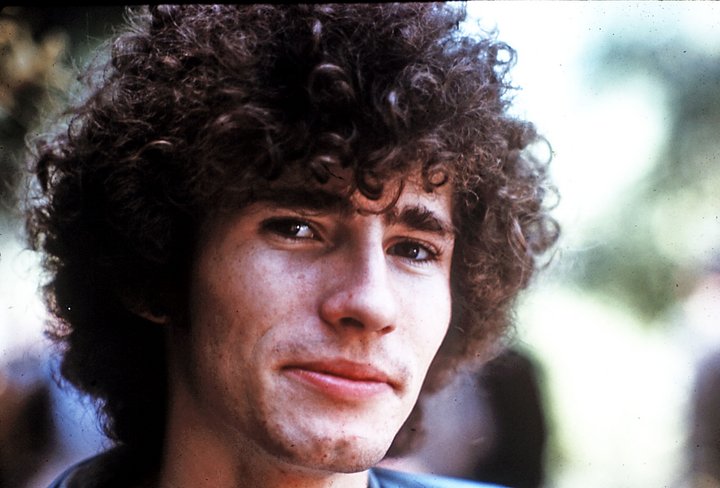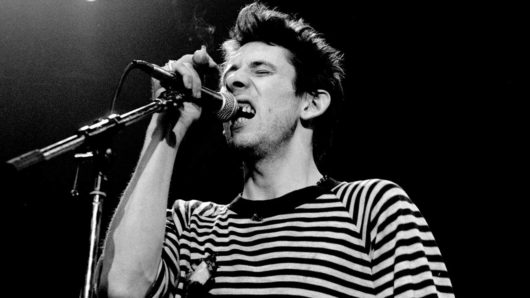Tim Buckley, who was only 28 when he died of an accidental heroin overdose in 1975, first won acclaim in the late 60s as a sensitive teenage singer-songwriter. Over the course of nine studio albums he gained a reputation as a musical innovator, known for his stylistic leaps into jazz, avant-garde folk and psychedelia, where he explored the boundaries of music. Buckley’s son Jeff, of Grace fame, also died tragically young, in 1997. The subject of tribute albums and concerts, Tim Buckley influenced lots of musicians and left a rich legacy of music behind. Here are the 20 best Tim Buckley Songs.
Listen to the best of Tim Buckley here, and check out our 20 best Tim Buckley songs, below.
20: Wings (1966)
Timothy Charles Buckley III, who was born on 14 February 1947, in Washington, DC, surrounded himself with talented musicians for his self-titled debut album, and his prodigious talent was already clear. “I was only 19 and going into the studio was like Disneyland. I’d do anything anybody said,” Buckley recalled. The pick of his first album, released on Elektra, is the fragile Wings, which Buckley had written while in high school. The lush string arrangements were by Oscar-winning songwriter Jack Nitzsche, who worked with The Rolling Stones and Neil Young, and the album featured pianist Van Dyke Parks, who was living in the same Los Angeles apartment building as Buckley at the time.




